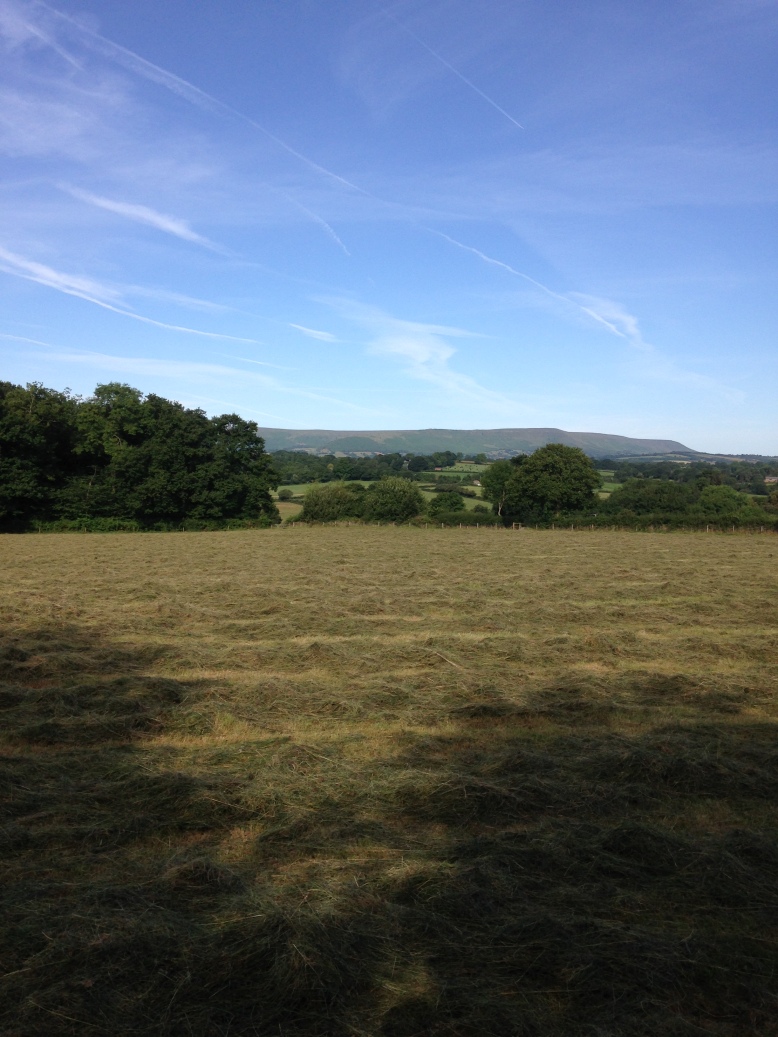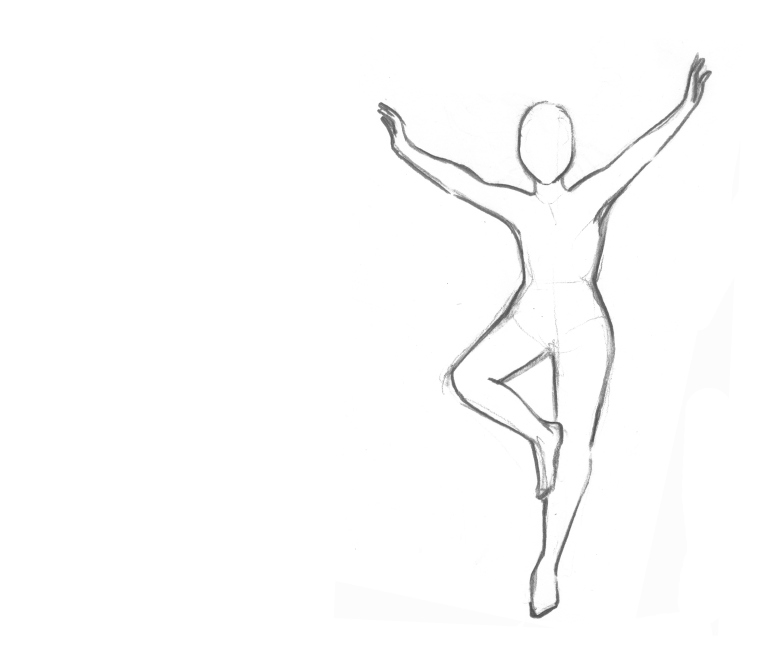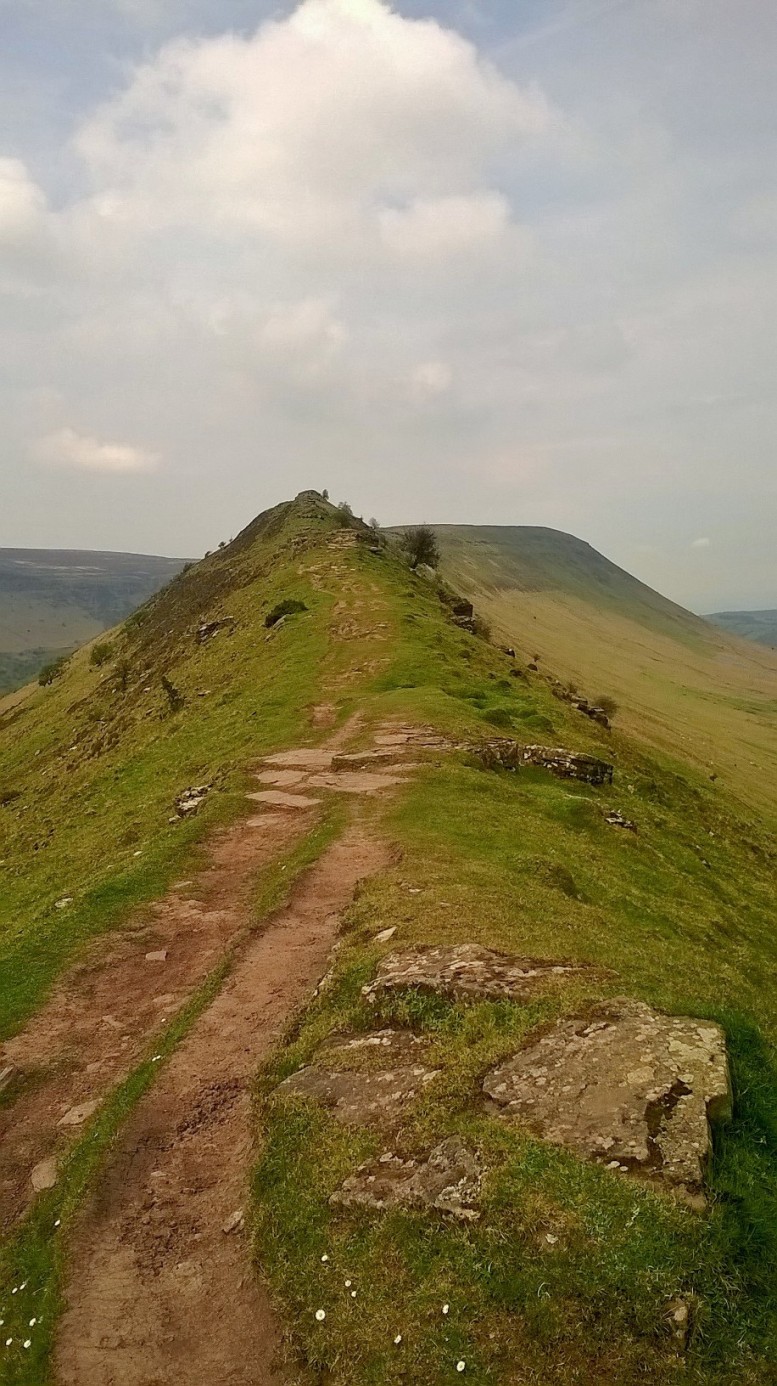
Text neck, or tech neck
is the term used to describe the pain and damage caused to the neck, back and spine from looking down at electronic devices over a prolonged period of time. It is one of the most common causes of back pain and headaches and is an alarming epidemic affecting even young children.
STAT spokesperson said: “Back pain is already one of the biggest causes of absenteeism in the workplace. This is now being compounded with the additional symptoms associated with people looking down at devices for too long – for some people, a good majority of their day.”
In the short term, users tend to suffer with stiff necks and shoulders but long term, the unseen damage can become more serious, resulting in disc degeneration and prolonged pain.
“Your head weighs about 10 lbs, and by dropping your neck to look at a mobile device all that weight pulls on the muscles in your neck and shoulders, causing strain and harmful tension. It is the equivalent of dangling a heavy shopping bag off the end of your neck,” STAT spokesperson.
To prevent the impact of text neck, STAT recommends dropping your eyes to the device first and then gently tipping your head on top of your neck, instead of habitually dropping your head and neck forward and collapsing down through the torso.
STAT also recommends spending one day during that week becoming aware of how you hold your body when using a mobile device.
“We want people to spend a day being conscious of how they use their bodies when holding electronic devices. If you catch yourself dropping your neck down and slumping , be active in trying to change that habit, think tall, drop your eyes and tip your head to see the screen. Even if you only manage for a few minutes, it’s a huge step forward in being aware of what could be causing your evening headaches,” STAT spokesperson said.
“And how about having a text-neck awareness buddy? Challenge each other to test your awareness of body use for one day between 10-16 October 2016.”
5 Things you can do to prevent text neck
Think tall before you begin.
Take time to drop your eyes then tip your head and avoid dropping your neck
Remember to breathe.
Lie in semi-supine for 10 minutes each day to, knees bent, soles on the ground, resting your head on books 5-8 cm high.
Book an Alexander Technique lesson to directly experience the benefits. A study published in the Annals of Internal Medicine in November 2015, demonstrated that participants with chronic neck pain who attended one-to-one Alexander Technique lessons had nearly a third less pain and incapacity than those who received usual GP-led care alone.
I will be offering 1/2 price introductory lessons (£20 instead of £40) during the month of October – Try it – It could change your life!







